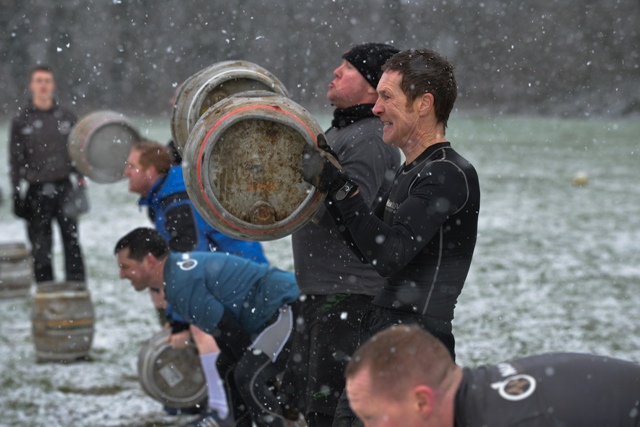Helping guys aged 30+ to get fit, lean and healthy through his award-winning ManAlive programme, Craig O’ Toole shares with FitPro how to ensure you have regular contact with your clients via digital platforms.
Communicating effectively with your clients or members is vital to both the success of their results and your business.
Even if you work with your clients for three hours per week, that’s still only 1.8% of the time – leaving them on their own the other 98.2% of the time.
To really have an effect on them, it’s important to find a way to have regular contact throughout the week that’s productive and doesn’t drain your own time.
At ManAlive, we use Facebook groups to achieve this. These groups are our main day-to-day touch points with members and we use them to educate, motivate, inspire, recognise, bond and organise members. Each location that we run has its own group to help build a real tribe mentality for each individual venue.
The beauty of Facebook groups is that they are completely private, you can post up a variety of media and they’re free! On top of this, the vast majority of people are familiar with the platform, so you won’t need to provide training.
But just having a group isn’t enough: you need to drive the culture that you’d like to see. I always say to our coaches that our job is to coach and not cheerlead. If your language is limited to ‘well done’ or ‘great effort’, then you’re a cheerleader and it won’t be long before your message is lost.
A good coach will always challenge their students and have them consider and stretch to goals that were previously considered unachievable.
We use a variety of posts within the Facebook group to keep it interesting. People respond differently to different styles of communication, so using a variety of techniques will maximise your effectiveness at eliciting change:
- Educational – Post articles, videos, infographics and websites that could support members’ development of a healthy lifestyle.
- Motivational – Use quotes, motivational videos, photos of members training or member success stories.
- Reflective – Ask members to review their efforts and results, their time training, their biggest win/loss, their best advice to new members, their lifestyle change since joining. The options here are endless. Simply ask them to think back so that they can analyse and learn for the future.
- Future pacing – Ask members to ‘imagine’ where they’ll be, how they’ll feel, what person they’ll be in three, six, 12 months’ time and what effect that will have. Whereas looking back really deals with previous ‘pain’, future pacing gets people motivated for the future gain.
- Recognition – If the members have smashed a session or a week, let them know. If an individual member stands out or completes an event or is just getting great results, big them up – they’ll feel awesome about themselves.
- Confrontational – Every now and again it’s necessary to ‘kick some arse’. Use this very sparingly and never direct it at an individual. This is often best used as a combined post with something reflective. For example, if attendance is slacking, let them know it’s not good enough and ask them why they joined in the first place. Have they achieved their goal? How do they expect to if they keep using the same old excuses?
- Organisational – It can be like herding cats at times so, to keep it as simple as possible, use the group to organise events, socials, competitions, etc. To ensure you don’t spend hours answering questions, give them all the info they need to make a decision.
- Walking the talk – The coach’s own self-improvement efforts on diet, training and mindset are always useful for members to see, as it shows they believe in what they are teaching.
We have used the above simple template to grow from 12 members and one programme to 160 members and six programmes in two years, keeping both new and long-term members engaged and excited by the process along the way.
To get the absolute best results for your clients, you need them engaged with your process every single day – not just three hours per week. Giving them access to your private coaching groups not only means you can influence them further but it also acts as a great ‘value add’ that most fitness programmes simply wouldn’t even consider.
There are many different ways you could use these groups and the above is just a small example of the kind of ways we do – they’re as useful as you make them.
However you use them, remember: coach, don’t cheerlead!








